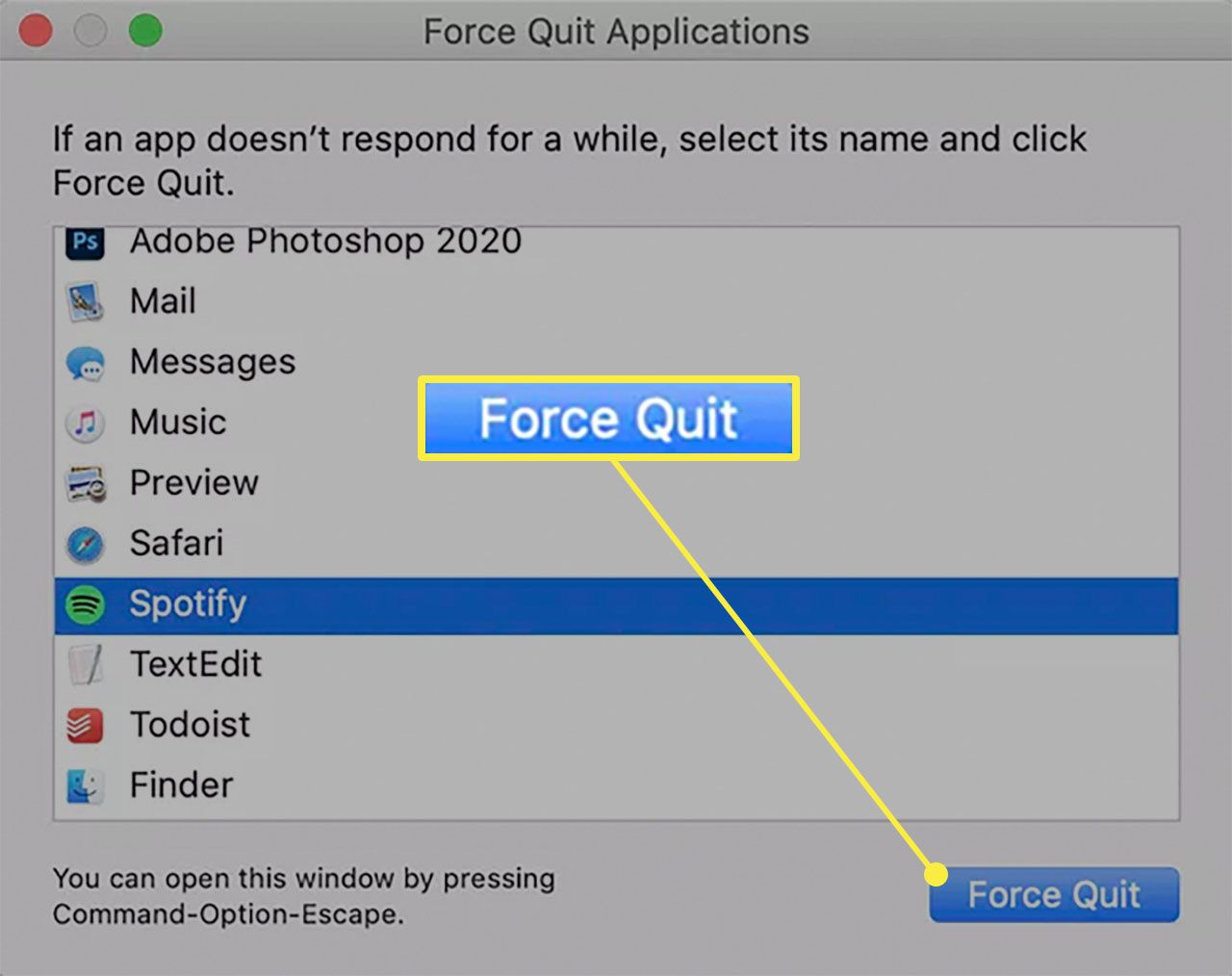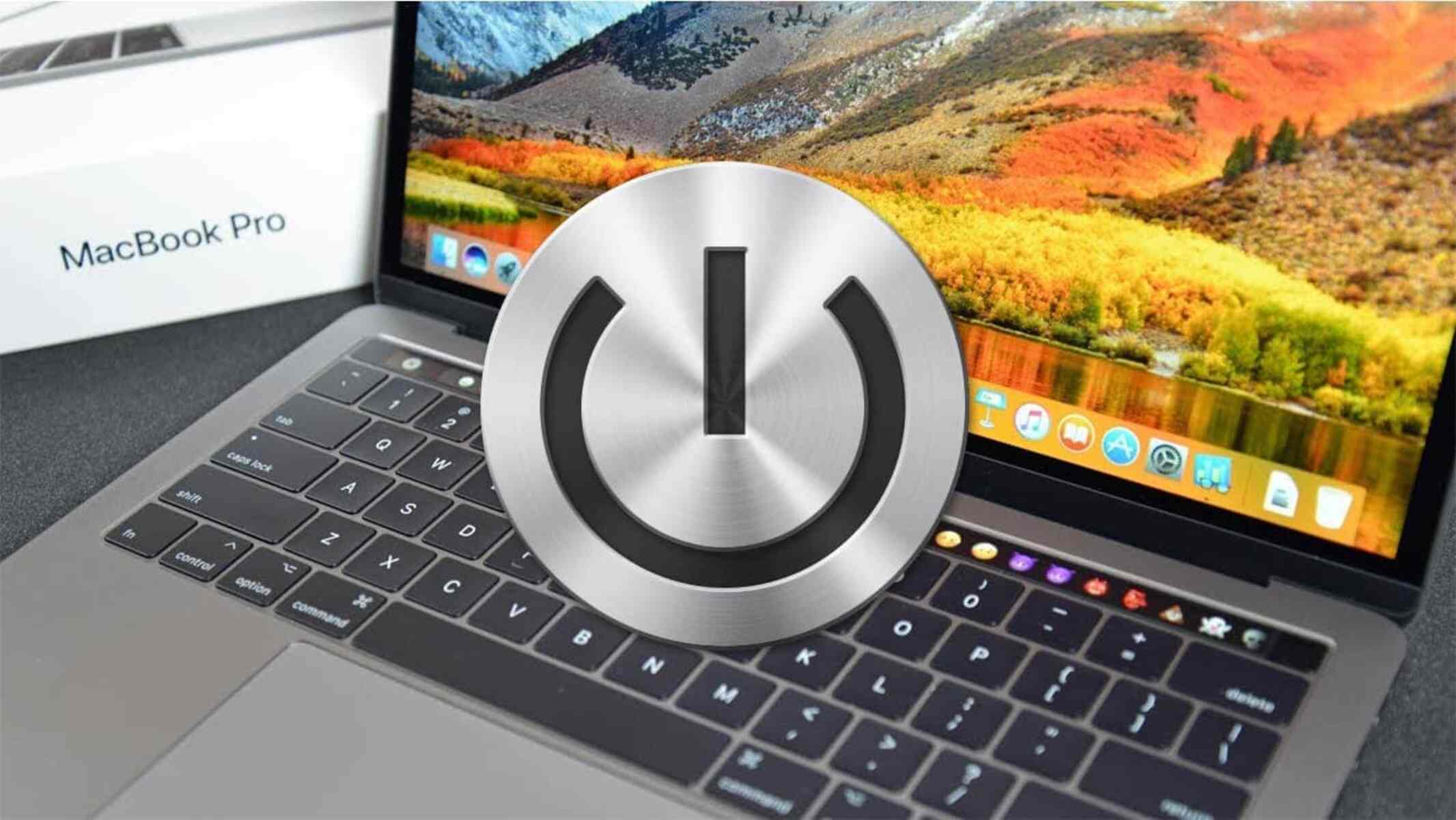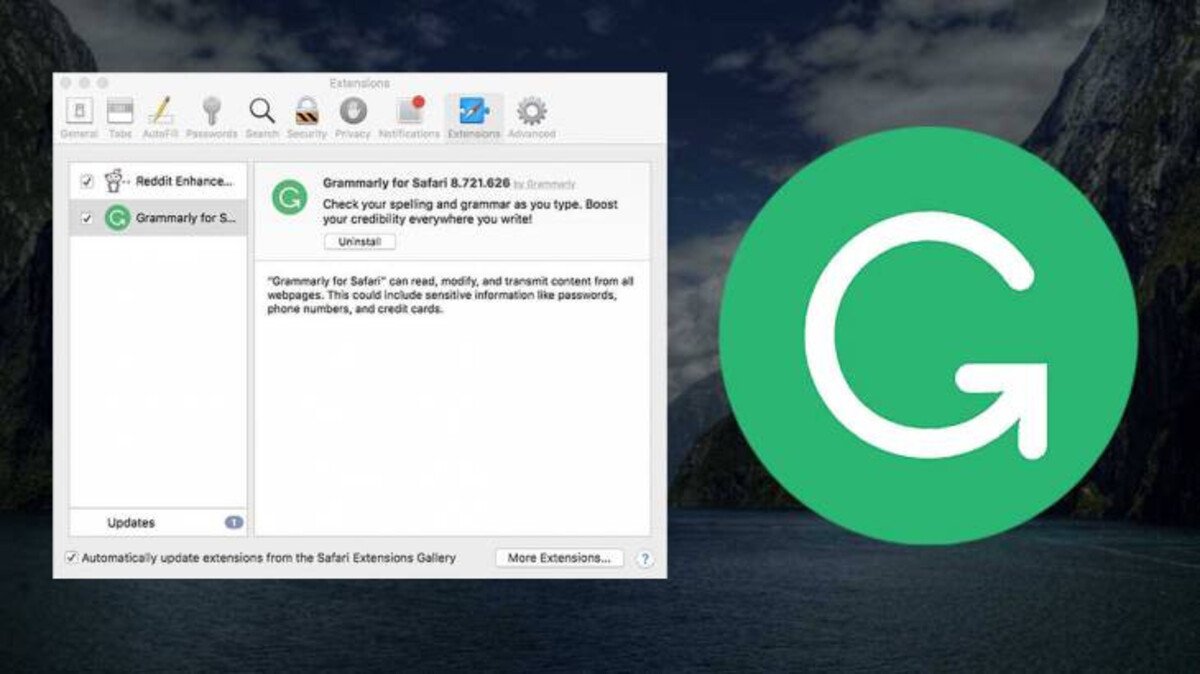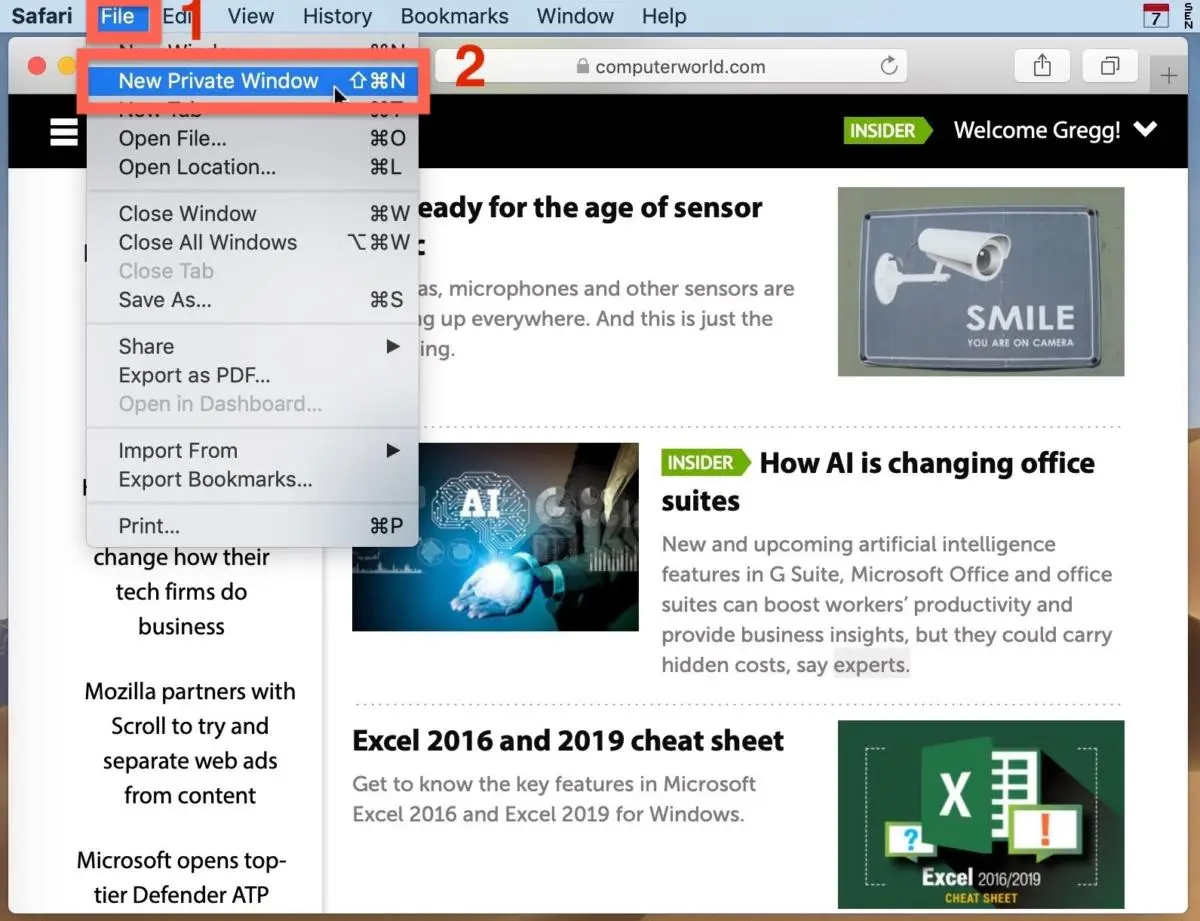Introduction
Safari, the default web browser on Mac, is known for its sleek interface and seamless performance. However, if you've encountered the frustrating issue of Safari not quitting on your Mac, you're not alone. This perplexing situation can disrupt your workflow and leave you scratching your head for a solution. Whether you're a seasoned Mac user or a newcomer to the platform, dealing with a stubborn Safari browser can be exasperating.
In this article, we'll delve into the possible causes behind Safari's refusal to quit and explore troubleshooting steps to resolve this issue. By understanding the underlying reasons and implementing effective solutions, you can regain control over your browsing experience and ensure that Safari behaves as expected on your Mac.
So, if you've ever found yourself clicking the red "X" button on Safari, only to see it linger stubbornly on your screen, or if you've attempted to force quit the application to no avail, you're in the right place. Let's unravel the mystery behind Safari's reluctance to quit and equip you with the knowledge to tackle this perplexing predicament.
Possible Causes for Safari Not Quitting
-
Unresponsive Webpage: Safari may refuse to quit if it is struggling to handle a webpage that has become unresponsive. When a webpage fails to load or freezes, it can prevent Safari from closing properly.
-
Extensions and Plugins: Certain extensions or plugins installed in Safari might be causing conflicts, leading to the browser's unresponsiveness. These add-ons can interfere with the normal shutdown process, causing Safari to hang.
-
Cache and Cookies: Accumulated cache and cookies can sometimes hinder the smooth functioning of Safari. If these temporary internet files become corrupted or overloaded, they can impede the browser's ability to shut down gracefully.
-
Outdated Software: Running an outdated version of Safari or macOS can contribute to erratic behavior, including the browser's refusal to quit. Compatibility issues between older software versions and the operating system can lead to unexpected glitches.
-
System Resource Constraints: Insufficient system resources, such as low memory or high CPU usage, can prevent Safari from closing properly. When the system is under strain, Safari may struggle to terminate its processes effectively.
-
Background Processes: Safari may have background processes or tasks running, such as downloads or sync operations, which can hinder its ability to quit promptly. These ongoing activities can delay the browser's shutdown process.
-
Corrupted Preferences: If the preferences or settings within Safari have become corrupted, it can impact the browser's functionality, including its ability to close when prompted.
-
Hardware Issues: In rare cases, underlying hardware issues with the Mac, such as disk errors or failing components, can manifest as software-related problems, potentially affecting Safari's behavior.
Understanding these potential causes can provide valuable insights into why Safari is not quitting on your Mac. By identifying the underlying issue, you can proceed to implement targeted troubleshooting steps to address the specific root cause and restore Safari's normal functionality.
Troubleshooting Steps
When faced with the vexing issue of Safari refusing to quit on your Mac, it's essential to embark on a systematic troubleshooting journey to pinpoint and resolve the underlying cause. By following these proactive steps, you can navigate through the potential culprits and restore Safari to its responsive and obedient state.
-
Close Unresponsive Webpages: If Safari seems reluctant to quit due to an unresponsive webpage, start by attempting to close the problematic tab or window. In some cases, a single troublesome webpage can hinder the entire browser's shutdown process. By closing the offending page, you may alleviate the strain on Safari and enable it to exit gracefully.
-
Disable Extensions and Plugins: To address conflicts arising from extensions or plugins, consider disabling them temporarily. Navigate to Safari's preferences and access the Extensions or Plugins section. Disable each add-on one by one, restarting Safari after each change to identify if a specific extension is causing the issue. Once the problematic extension is identified, you can either update it or remove it entirely to restore Safari's functionality.
-
Clear Cache and Cookies: Accumulated cache and cookies can impede Safari's smooth operation. Clearing these temporary internet files can often alleviate performance issues and facilitate a smoother shutdown process. Navigate to Safari's preferences, access the Privacy tab, and select "Manage Website Data" to clear the cache and cookies associated with websites.
-
Update Software: Ensure that both Safari and your macOS are running the latest available versions. Updating to the latest software releases can address known bugs and compatibility issues, potentially resolving the stubborn quitting behavior of Safari.
-
Monitor System Resources: Keep an eye on your Mac's resource utilization using the Activity Monitor utility. Check for high memory or CPU usage that may be hindering Safari's ability to quit. Closing resource-intensive applications or processes can alleviate the strain on the system, allowing Safari to close without resistance.
-
Terminate Background Processes: Verify if Safari has any ongoing background processes, such as downloads or sync operations. Completing or pausing these tasks can free up the necessary resources for Safari to shut down smoothly.
-
Reset Safari Preferences: If corrupted preferences are suspected, resetting Safari's preferences to their default state can often resolve underlying issues. Navigate to Safari's preferences, select the Advanced tab, and click "Show Develop menu in menu bar." Then, access the Develop menu and choose "Empty Caches" to reset Safari's preferences.
-
Check for Hardware Issues: In rare cases, persistent software issues may be indicative of underlying hardware problems. Run diagnostics on your Mac to identify any potential hardware issues that could be impacting Safari's behavior.
By methodically addressing each potential cause and implementing these troubleshooting steps, you can navigate through the labyrinth of Safari's stubborn quitting behavior and restore harmony to your browsing experience on your Mac.
Conclusion
In conclusion, the enigma of Safari's reluctance to quit on your Mac can be a perplexing ordeal, disrupting your browsing experience and leaving you searching for solutions. However, armed with a deeper understanding of the potential causes and a repertoire of troubleshooting steps, you can navigate through this predicament with confidence.
By exploring the underlying factors that can impede Safari's graceful exit, such as unresponsive webpages, conflicting extensions, accumulated cache and cookies, outdated software, resource constraints, background processes, corrupted preferences, and rare hardware issues, you've gained valuable insights into the complex interplay of elements that can contribute to this issue.
Through a systematic approach to troubleshooting, including closing unresponsive webpages, disabling extensions and plugins, clearing cache and cookies, updating software, monitoring system resources, terminating background processes, resetting Safari preferences, and checking for hardware issues, you've equipped yourself with a comprehensive toolkit to address the specific root cause behind Safari's refusal to quit.
By methodically implementing these troubleshooting steps, you can unravel the mystery behind Safari's stubborn behavior and restore its seamless functionality on your Mac. Whether it's a simple fix such as clearing cache and cookies or a more intricate investigation into potential hardware issues, each proactive step brings you closer to regaining control over Safari's behavior.
Ultimately, by embracing a proactive and systematic approach to troubleshooting, you can reclaim the smooth and obedient performance of Safari, ensuring that it responds promptly to your commands to quit. With a blend of technical acumen and perseverance, you can conquer this perplexing predicament and emerge with a deeper understanding of Safari's inner workings.
So, the next time Safari lingers on your screen, defying your attempts to bid it farewell, remember that you hold the key to unraveling its enigma. Armed with knowledge and a strategic troubleshooting mindset, you can triumph over this challenge and restore harmony to your browsing experience on your Mac.

























